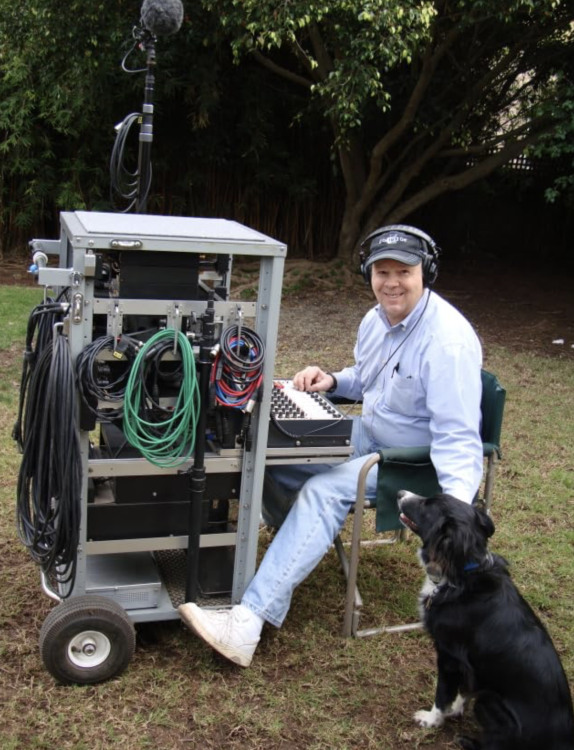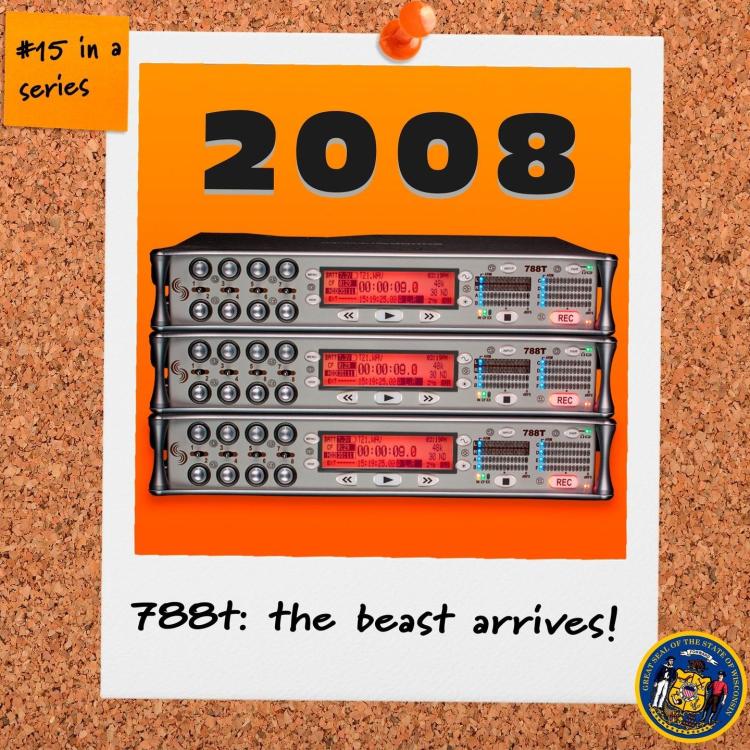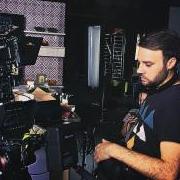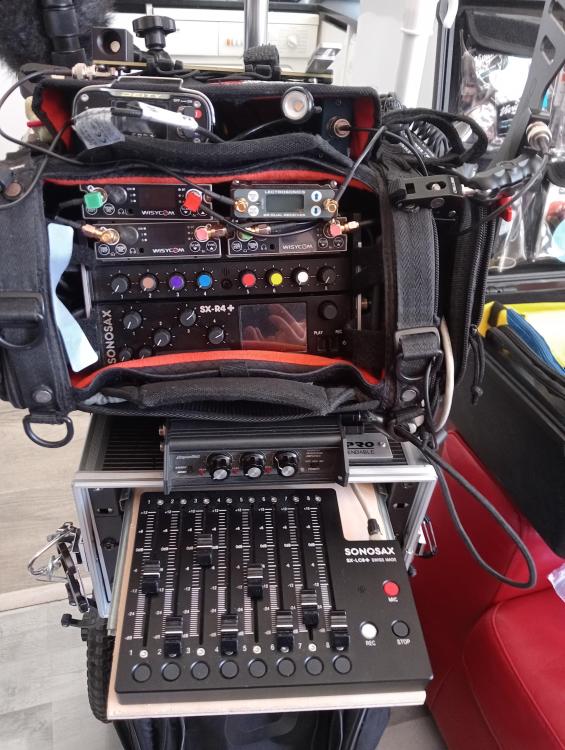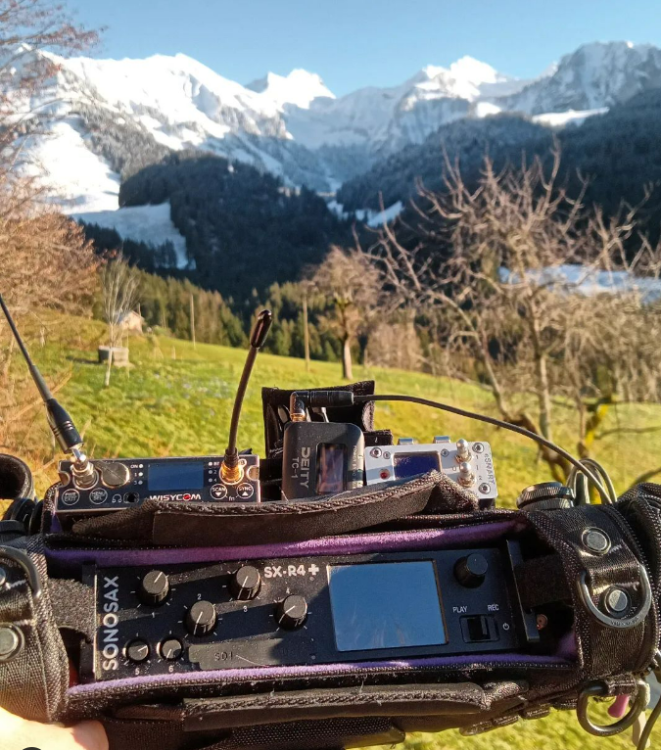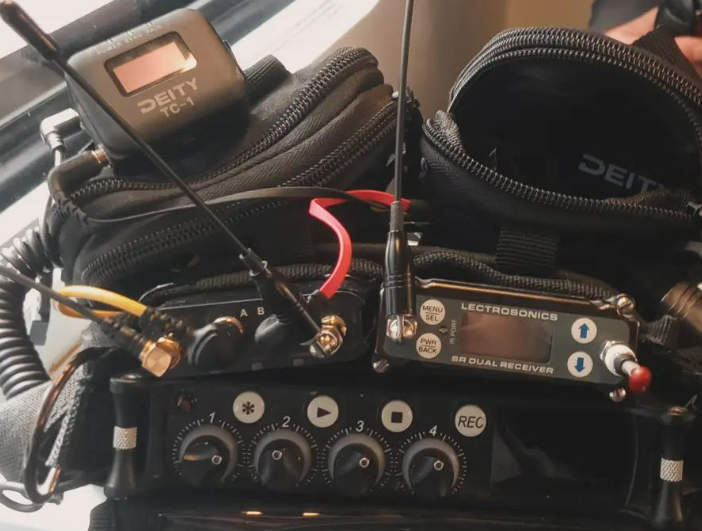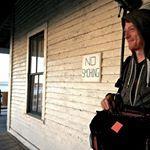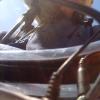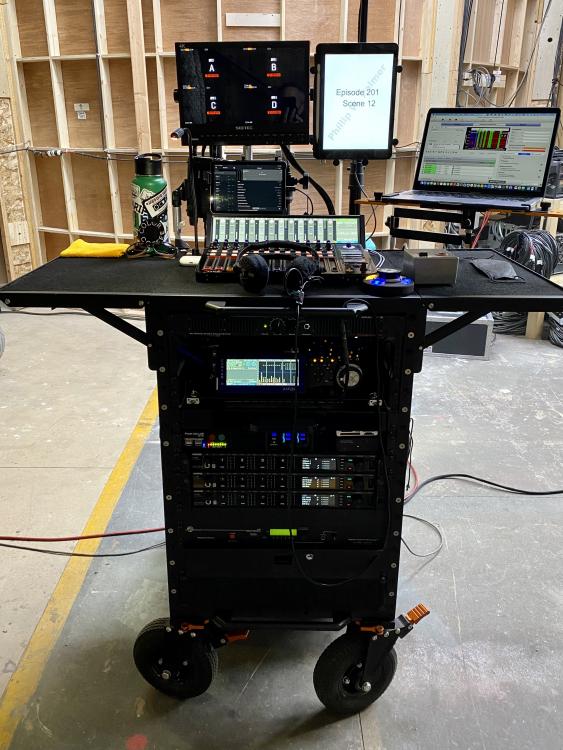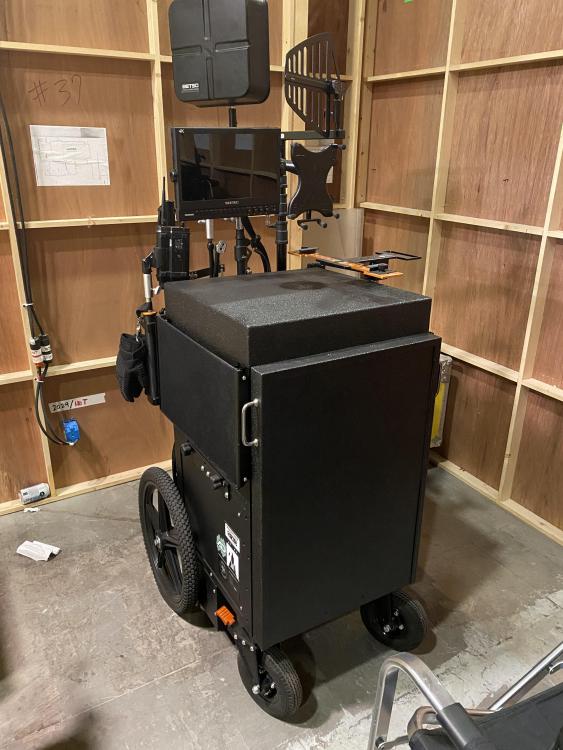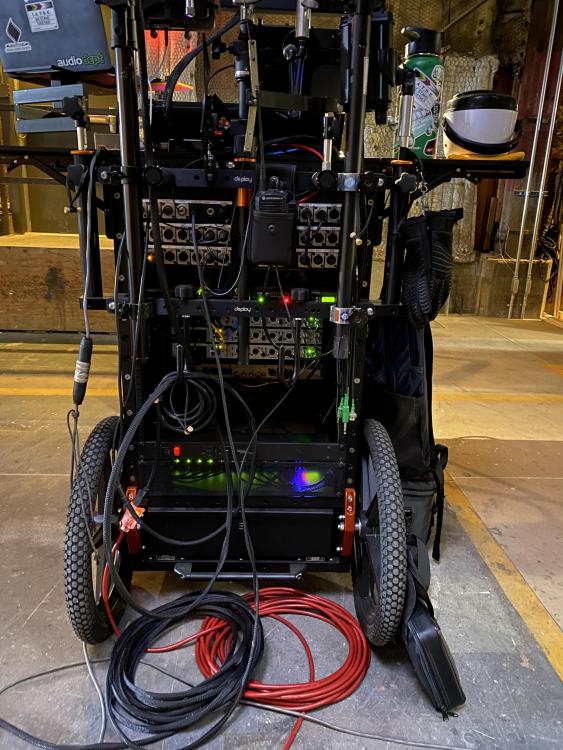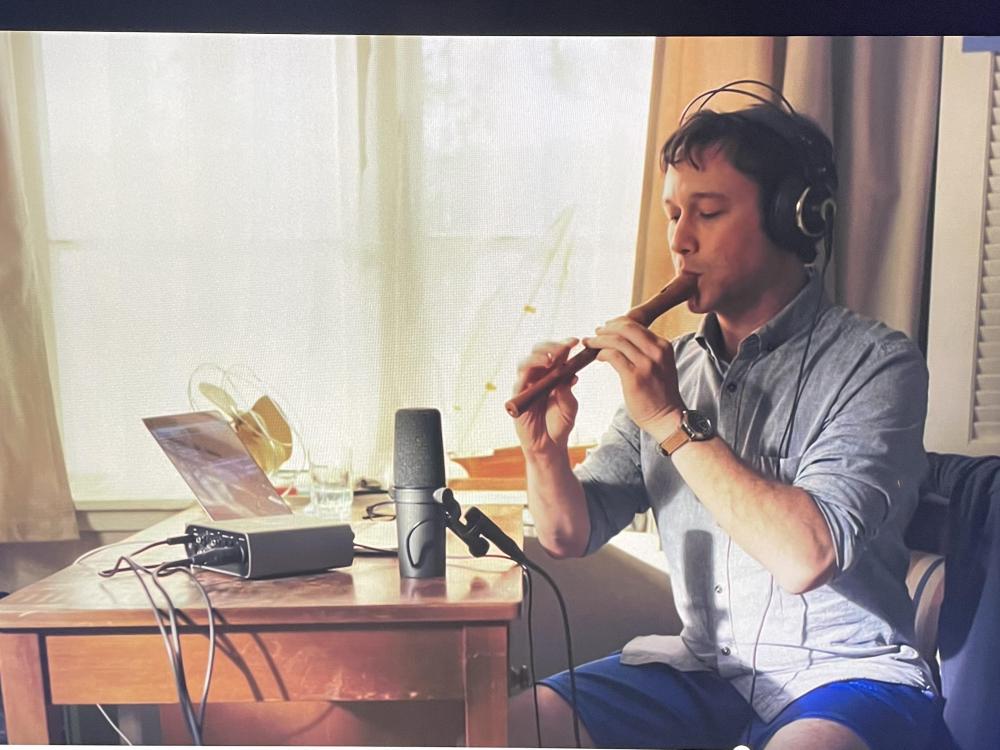Leaderboard
Popular Content
Showing most liked content since 03/19/2024 in Posts
-
Today, Halter Technical began posting a series of Reels that I hope uplifts and inspires working professionals, and those who are building their career. New episodes of #RespectSound will appear on Mondays and Fridays on Facebook, Instagram, and YouTube. I hope you'll check them out! https://www.youtube.com/playlist?list=PLKnxJ6JEwFFU9_AtlyE1IYL8b_reDjV804 likes
-
For those of us in the Lectro ecosystem: the digital successor to the SSM was just announced. https://www.gothamsound.com/product/dssm-digital-transmitter3 likes
-
The DSSM will be an excellent addition to my D2 wireless eco system. I too what would love remote control if TX’s . I’m betting that WMAS with its 6 MHz bandwidth will the be future for remote control for not only Lectro but all manufacturers in the next couple years and all those 2.4 ghz controlled systems will be outdated. And if/when we do see a WMAS compatible system with remote control Lectro’s track record shows that these D2 TX’s will most likely work with the next gen RX’s maximizing your investment.3 likes
-
2 likes
-
We tried an earlier proto on a 17 page backwards walk and talk, it was great for that2 likes
-
Haven't tested the two against each other but I'm guessing it's by design. The advantage of the Lemo being lighter and more compact comes with the downside of less physical shock absorption and being more sensitive to physical impact (that's probably not how you would describe it scientifically). But cable noise is common even for XLR plugs. A really important feature of shockmounts is the isolation of the cable that is attached to the mic. If the mic itself is isolated from the boom or stand but not from the cable hanging or lying around then all handling noises will be transduced into the mic. So there's usually a short cable between the mic and another fixed XLR plug that isolates the mic from the rest of the cable length. Some shockmounts have a clip to attach a connected cable so if you're running only one cable you can clip it in shortly after the XLR plug to the microphone as some kind of strain relief. Alternatively, it should also help to fix the cable with some velcro to the stand. I'm afraid with sensitive mics and without a high-pass (low-cut) filter it's likely that you get some unwanted handling noise, even if the mic is static on a tripod. The table might even conduct the steps of the person walking in the next room. So a shockmount is always good advice and will safe you troubles. It doesn't have to be cinela but of course they're worth the money and have special mounts for the lemo version. Any other will do for table interviews.2 likes
-
2 likes
-
2 likes
-
2 likes
-
because WMAS is allowing bidirectional communication between transmitters and receivers, so in theory it can be used to control all the bodypack parameters2 likes
-
Just to be more specific At the end of the day, I give my card 1 to DIT or who’s in charge. When I'm back home or at the hotel, I make a back-up copy of card 2, and that's when I sort out and rename the wild tracks. I only send the folder with all the wild tracks at the end of the project, in one go.2 likes
-
And now I have just added part 3 of my MKH 8030 tests, probably a little more relevant here than part 2: in this case it is a series of MS tests with the MKH 8020, MKH 8040 and MKH 8050 - all field recordings/ambiences, not music. Cheers, Roland https://drbadphil.com/sennheiser-mkh-8030-part-3-mid-side-field-recordings2 likes
-
Before the topic changes completely, let me just chime in to agree with Constantin that AES42 is definitely more than just a passive interface for receiving digital audio signals. Unlike AES3 it has a control channel that runs from the interface to the microphone(s) (along the same set of wires, of course), and quite a few essential commands are predefined in the standard, such that all AES42-compatible microphones should implement them. Some other commands are "defined but optional." And there's also a range of command codes available for manufacturers to define for themselves however they want, so that unique features can be offered. What you can do in Mode 2 that you can't do in Mode 1: [a] record synchronously with any given timing signals, such as a master clock, without using sampling rate converters [b] run multiple microphones without sampling rate converters. In Mode 1 each mike is independently self-clocking, and no two are ever exactly alike.2 likes
-
There are real-world situations in which a digital microphone can offer an audibly lower noise floor than a comparable analog microphone. For years I used to think that digital microphones were just a rearrangement/refactoring of the same set of components (capsule, preamp, a/d converter) as in a digital recording setup with analog mikes, and yes, that is true for the most part. But the hitch is analog mike preamps (whether outboard or part of a mixer or recorder) and their noise levels and headroom in relation to their gain settings. Mike preamps, contrary to what some people apparently assume, are nearly all at their quietest when set to the upper range of their gain settings. If the sounds that you're recording include very high SPLs (even for brief intervals), you can't leave the gain of the preamp (or analog recorder or mixer input) set very high, or you'll clip the analog electronics. As a result, you have to set the gain for the loudest sound that you expect to pick up, which raises the noise floor for the quieter parts of whatever you're recording, compared to what that noise floor would have been at higher gain settings. Sometimes this raises the preamp's noise floor above that of the microphone or the recording environment. And that's a compromise that you don't have to make with digital microphones. As a result, every now and then people with real, professional experience find to their astonishment that digital microphones are quieter or even (as some have said) much quieter in certain recording scenarios than the comparable analog microphones had been for them before. I used to think those people were tripping--but now I realize that they could very well be describing their experience accurately, though perhaps not understanding that no, the microphones themselves aren't any quieter; it's the benefit of working without the occasional limitations of analog preamps. The effect isn't extremely common, but I think it's 100% real when it occurs. Does that explanation help? There's a video in German that Helmut Wittek from Schoeps posted on YouTube that goes into this; I could provide a breakdown of it in English if anybody wants. --best regards2 likes
-
Now that sounds sketchy to me. Yes sound is pivotal, but calling it that as part of the hiring process screams fake to me. Come to think of it, the whole thing looks like it's written by ChatGPT to me. Lots of words that say nothing.2 likes
-
Sunday, March 24 at noon Mountain Time (UTC -6) This will also be available afterward. Link:2 likes
-
2 likes
-
I'd tell them to pound sand then. What's next, you need to pay them for the catering too? If production doesn't want liability, then they shouldn't be creating a production.2 likes
-
If I attached my Easyrig Minimax, which supports up to 7kg (15.4lb), to a mixer bag instead of a camera the bag would feel almost weightless. I’d be able to guide the bag with a couple of fingers. The Easyrig for boom poles is designed differently, but Hellsten appears to be saying that it has a positive effect on the apparent weight of a mixer bag.1 like
-
I'd advise against putting anything at the 180 degree spot/ back of the microphone, especially a bucket which is a very non-linear sound collector of sorts, especially when agitated with wind. The common misconception is that directional mics have a null at 180 degrees or various other angles , depending on the polar pattern. In practice microphones, especially shotgun microphones hardly ever have textbook patterns across the entire frequency range. Schoeps is probably the best at achieving as close as possible a textbook pattern but one quick look at the graph of the MiniCmit shows that at lower frequencies you have a significant rear lobe, meaning that this mic hears a lot of what's going on in the lower mids and bass behind the mic . 500 Hz is only down 8 dB and 250 Hz is only down 7 dB from its on-axis response. It is very important to consider what is happening "behind" the mic.1 like
-
1 like
-
Neat ... that's the first armature I've seen that doesn't look totally impractical and bulky. I might keep an eye on this. It's still a pretty big item to be carrying run and gun, but they've clearly put a lot of thought into the specific needs of sound and boom. I'd try it.1 like
-
Constantin, the earlier Schoeps digital mike amp--introduced nearly twenty years ago--was the CMD 2. It, too, was an AES42 device, but it supported only mode 1, in which the microphone is self-clocking, which means that you can't sync your recording to a camera or house clock, or run multiple microphones, unless your recorder has sampling rate conversion built in. The CMD 42 is indeed a complete redesign--as it should be, since the components available for a project like this are worlds better than they were twenty or even ten years ago. --I need to disclose occasionally that I've done translating and editorial consulting for Schoeps for many years, and I'm subject to the human tendency toward bias. (Also equalization.)1 like
-
whatever happen in the future i’m pretty sure that a maintenance service will be available… and so far even if aaton is dead i keep some hope they can reborn. we work on it …🙏🙏1 like
-
Yes, I know a great repairman, but he's in Ireland, so postage, Customs, etc may be pricey ..but if it's worth it to you he'll do a brilliant job (did for mine last year, anyway!) ..he's Paul Carrington (a radio veteran) and email him first instead of just sending it: paulcarrington@btinternet.com He may need a bit of persuading, and he may say that he's not doing them any more. But if you're friendly, and give him lots of background info, he may do it. (It may be something just as simple as a stretched loading belt; that'll prevent the tape being loaded, and thus nothing else will work.) Tell him what the "..weird message on the screen.." says, and he may be able to diagnose it immediately.1 like
-
last feature bag when it's sitting on the cart : 16 channels (LR mix + 14 ISO channels) sonosax R4+ sonosax RX8 slot with 2 wisycom MCR54 with AES module 1 wisycom MCR54 receiver on analog channel 1-4, 1 lectrosonics SRC receiver on line 5-6 betso bowties ; lectro SNA600 ; RF venue diversity fin sonosax LC8 fader surface might be around 10 kg ----- documentary bag : sonosax R4+ with a mcr 54 on analog 3-4-5-6 MS boom cabled on 1-2, using sonosax preamp and ADC less than 5 kg ---- and last but not least "the feather rig" : SD mixpre6 mkII with automix and noise assist plugin since v9 we can use TC on the stereo aux input and still have a additional audio channel available. only problem is the lack of fader. MS cabled boom on channel 1-2 lectrosonics SRC receiver on 3-4 if needed i use the deity theos on aux input 5-6 (after jamming internal TC and changing the inputs) 2.5 kg1 like
-
1 like
-
Seems like a great piece of kit per usual with Lectro. That being said, at $2449 USD and no remote capability (that we know of other than dweedle tones), starting to really pale in comparison to the competition at this price point.1 like
-
FYI, the store is called "Hieber-Lindberg" and "Instrumente-Noten" refers to Instruments and sheet music. I remember the Lindberg mail-order catalogues from my youth. I assume this is that company.1 like
-
1 like
-
As said earlier no one can predict what future of UHF will be, that is precisely why manufacturers are now coming up with extra wide range system like the Lectrosonics DSRx. If in the US the Wisycom symphony system (MCR54 rx and MTP60 or MTP61 tx) will give you the choice within: 470-663 and 940-960Mhz. At least it gives us the appearance of future proof investment.1 like
-
You think it would be possible to make Cantars for the masses and copy paste them like software?1 like
-
Check antenna on problem TX. It could be a multitude of reasons why this is happening. Here is the email address of Manoj (Ex-designer of these systems) who services the 2040 (and 2020) series. If you can get the problem TX to him he will fix it. mdaudioservices(at)gmail.com1 like
-
It’s fine. Not as simple as using a Rycote but there’s no comparison with wind and shock mount performance. The pianissimo has gotten easier to use than the older piano since they did away with the annoying rubber O-rings that were used to hold the thing together I hated those o-rings and most of them are lost now.1 like
-
Vasi is suggesting that Schoeps will announce this at NAB. Presumably it will address the issue you raise, which is going to be on the minds of a lot of people.1 like
-
Is there a more advanced interface for AES42 than what my Nova provides? How are those advanced features accessed? My understanding is AES42 is a spec for transferring digital audio (sometimes with self-power), not a control spec. Schoeps has a list of AES42 interfaces and what features are included, and most of them do not provide more than power and sample rate conversion. https://schoeps.de/fileadmin/user_upload/user_upload/Downloads/Kataloge_und_Broschueren/Prospektblaetter/AES_42_interfaces_for_Schoeps_CMD_42_and_SuperCMIT_-_Tabellenblatt1.pdf1 like
-
Just want to pop in and say thanks to FM borjam! I've been hunting an RC-F82 for way too long and ended up getting this one.1 like
-
You can find all the latest firmware and documentations at www.cantarx.com . There is also a "Cantar X3 User Group" at facebook with all documentations and repair guides.1 like
-
Getting a strap that is truly ergonomic and that weights the case properly for carrying takes some time and experimentation. I reused a strap from an old camera bag, but it constantly falls off my shoulder because of how I've attached it. It's not practical for carrying it long distance with other cases. Ideally, I need a strap that has the shoulder pad farther up (so it actually goes over my shoulder, and that is contoured and textured so it doesn't slide down. I'm sure it's doable, but it's not as simple as I'd hoped.1 like
-
Yes, note that Matt Price was clearing this with airline desks during baggage drop-off and before going through security. Airline practice may be unpredictable, and indeed may have changed since his video was made. Personally, I’m content with putting a pole in my checked roller bag, and I know that the Panamic Mini poles will fit in it.1 like
-
It seems to me OK boompoles, go for it! : https://www.panamic.net/resources/customer-testimonials/1 like
-
That is pretty impressive on headphones. Good job! I always marvel at how good binaural directionality sounds. Your in-ear rig worked well! I'm still not convinced by the effect through loudspeakers ... it sounds hollow to me, as if you were breathing into a box. But that's wearing my picky sound-guy hat ... I doubt a casual listener would object. Thanks for sharing your work!1 like
-
For production sound I highly recommend Patrushkha Mierzwa's two books. There's no more comprehensive resource I think: Behind the Sound Cart: A Veteran's Guide to Sound on the Set (All Art is Technical: Sound for Motion Pictures and Television): Mierzwa, Patrushkha: 9781736290002: Amazon.com: Books Beneath the Boom Pole: The Art & Science of Boom Operating for Movies & TV (All Art is Technical: Sound for Motion Pictures and Television): Mierzwa, Patrushkha: 9781736290040: Amazon.com: Books1 like
-
Nevermind this mic, I want the 15 year delay pedal they keep hidden away somewhere or perhaps: better late than never1 like
-
This has already been posted to some effect on a couple of FB groups, but there are folks here that don't journey into the meta. My cart for the last many years was much larger as it housed a much heavier and extensive amount of components. I kept using the rig even as the gear became smaller and was capable of even more functionality. I decided it was time to re-think my set up and look for a more ergonomic and smaller footprint. I wanted a standing rig (yes, I sit during set ups and when not mixing), and something that would be more nimble in getting into tight spots. Looked at several different manufactures and custom cart rigs and settled on the Inovativ Deploy as the base structure. Needed some covers and extra bits here and there to fulfill the demands of production, travel and safety. Photos below are what we've ended up with. Always a work in progress but so far happy with the results.1 like
-
1 like
-
I have had good success with brake or deraileur cable from local bike shop. Cover it with heat shrink in your favorite color. If you want to go crazy Plasti-Dip makes a wide range of colors and enhancements for covering your antenna wire.1 like
-
I suffered the same issue for several months. Other fails would include the unit locking up and/or going into update mode. Lots of messing about, replacing aux usb power cables, etc, etc. -- Nothing worked. I replaced the USB cable from the 688 to the CL12 and the problem is solved. No more need for the aux power input, no more weird errors, no more shutdowns or lock-ups. I suggest replacing the factory USB cable with a good quality cable first, and seeing what shakes loose.1 like
-
From my experience withe the CSS-5 in the mono shotgun mode it's a wide cardioide with no reach and very handling sensitive. For 5.1 work I bought I bought a Soundfield SPS-200 In post you can adjust many things using their plug-in software mike sps200-manual.pdf1 like

.png.279748a58a2b862b7aa5f3b84126e232.png)
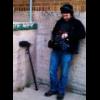


.jpg.60deb0716219777743dadbbc5c367e0c.thumb.jpg.1c9a3a88e16c9817f9ba0b039743d08a.jpg)

